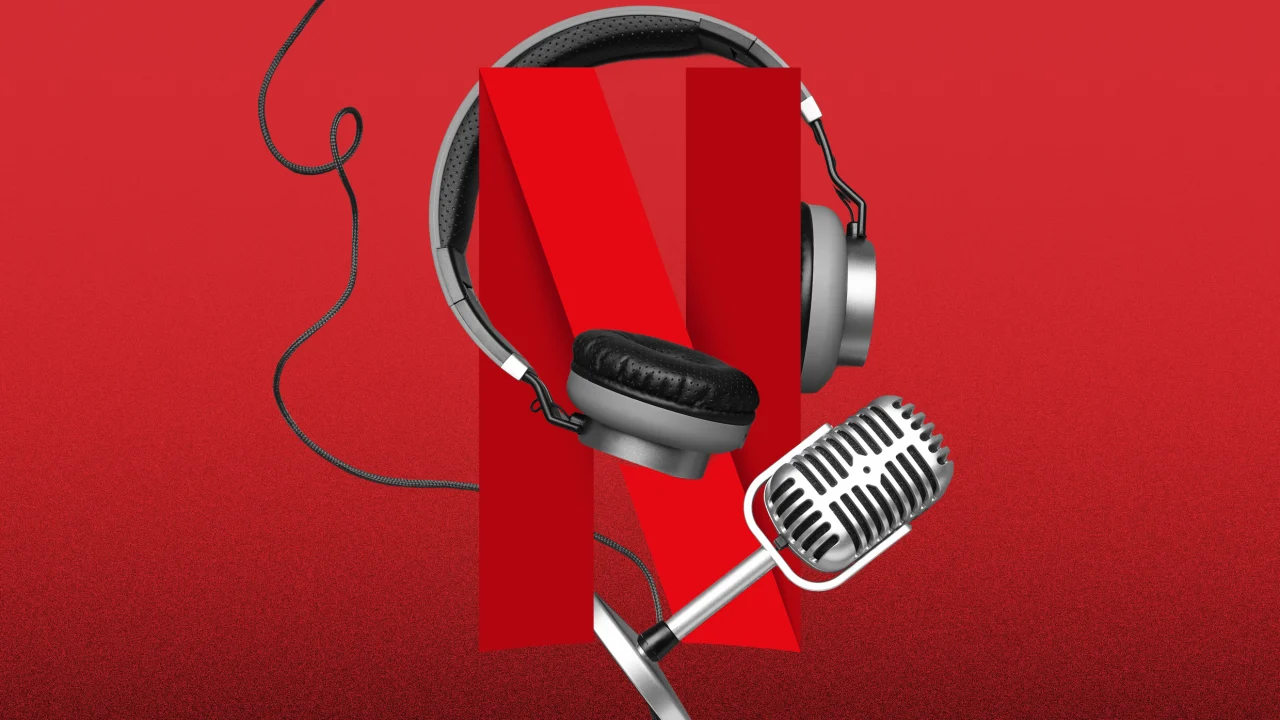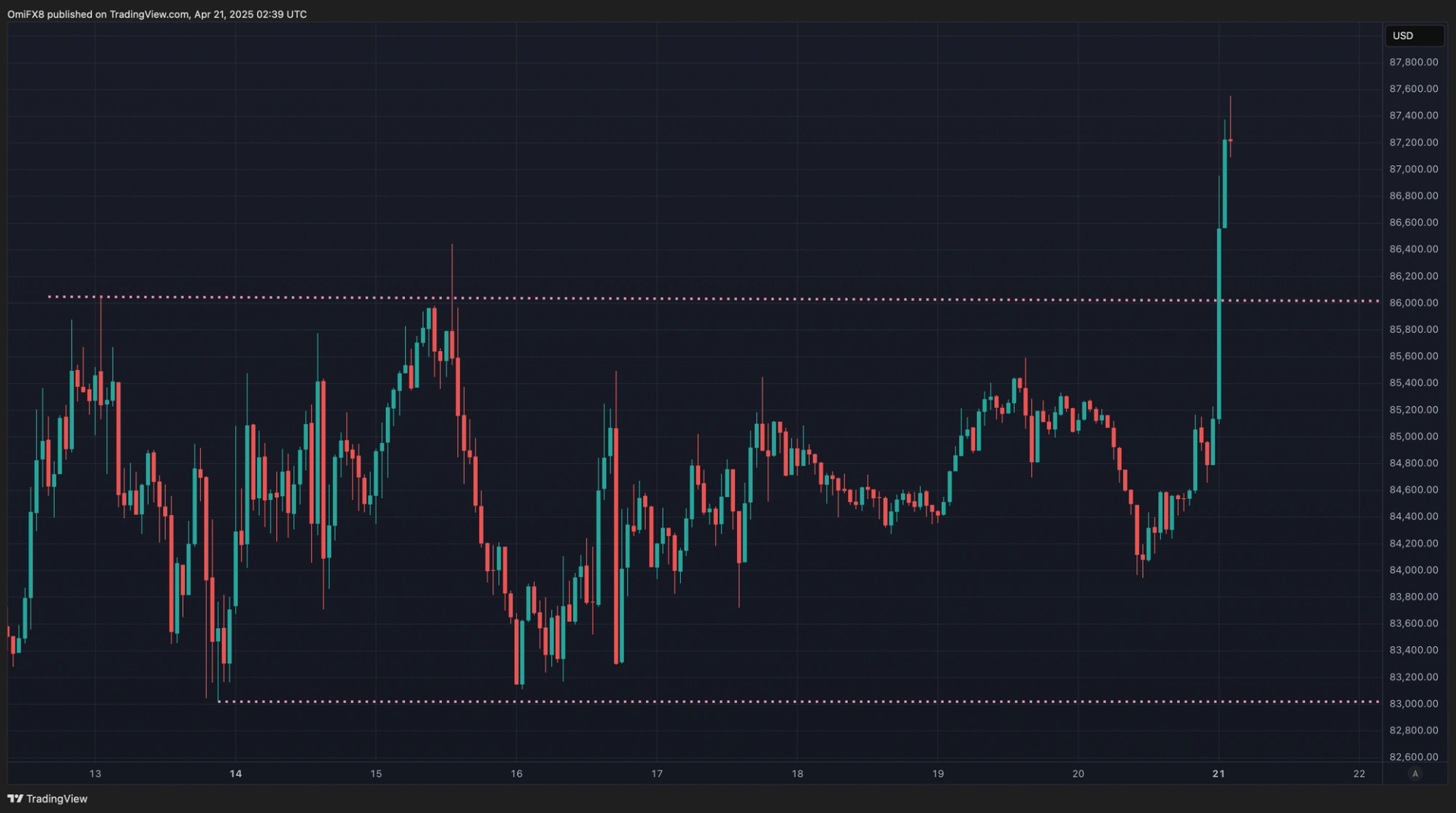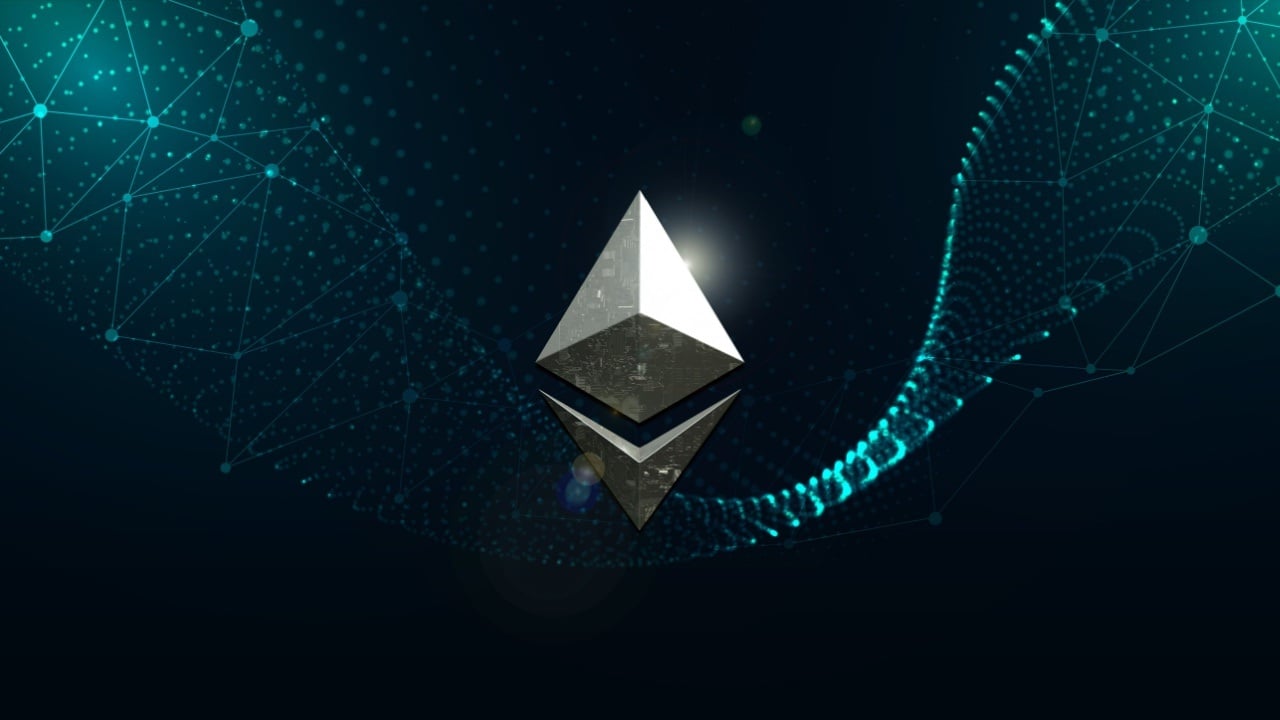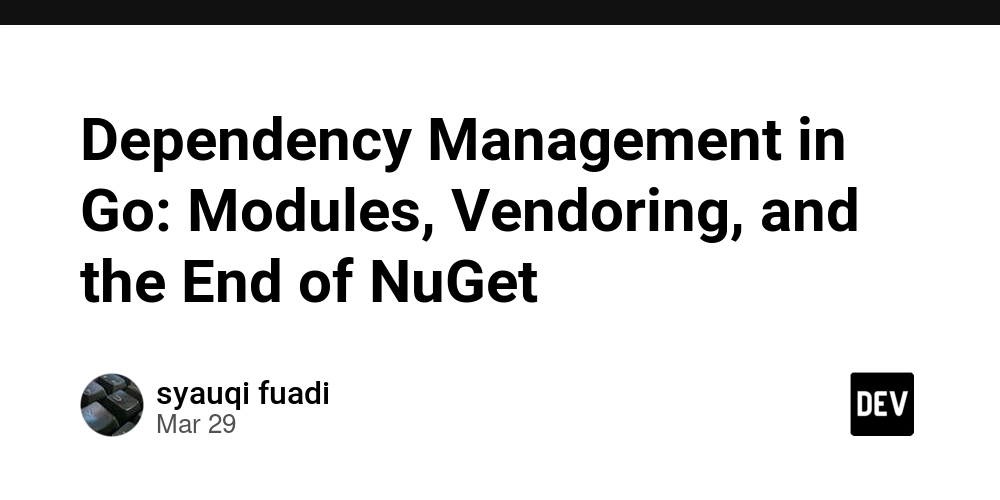Common Cybersecurity Interview Questions (With Answers)
Whether you're a recent grad or transitioning into cybersecurity from some other IT role, interviews are intimidating. Worry not, though — practicing common interview questions can set you ahead of the pack. Here in this blog, we're going to touch on some of the most frequent cybersecurity interview questions. We're going to make each one simple and let you know what the interviewer is really looking for. Prefer watching instead of reading? Here’s a quick video guide What does the CIA Triad stand for? The CIA Triad is Confidentiality, Integrity, and Availability. • Confidentiality is when only authorized people have access to the data. • Integrity is when the data is not changed or altered. • Availability is when the systems and data are accessible when needed. Why it's asked: It shows whether you understand the basic concepts of cybersecurity. Example Answer: "CIA Triad is the foundation of cybersecurity. Confidentiality grants only authorized access, integrity protects against unauthorized changes, and availability offers systems up and accessible to users." In what way is a vulnerability, threat, and risk distinct from each other? A vulnerability is a flaw in a system (e.g., outdated software). A threat is what is capable of exploiting the vulnerability (e.g., hacker or malware). A threat is the likelihood of loss or harm if the vulnerability is exploited by the threat. Example: An unpatched server (vulnerability) can be used by a hacker (threat) to cause loss of data (risk). Why it's asked: So that you can analyze and keep cybersecurity risks up to date. What is the difference between Symmetric and Asymmetric encryption? Symmetric encryption uses a single key both for encrypt and decrypt. Asymmetric encryption uses two different keys: the public key for encrypt and private key for decrypt. Why it's asked: Encryption is used to protect the data. Example Answer: "Both the receiver and sender hold the same secret key in symmetric encryption. Both the sender encodes using the recipient's public key and recipient decodes with their private key in asymmetric encryption." What is a firewall and how does it work? A firewall is like a bodyguard for your network. It blocks unwanted and allows wanted traffic. It filters out bad traffic and lets the good traffic through. Types of firewalls: Packet filtering Stateful inspection Proxy firewall Next-Generation Firewall (NGFW) Why it's asked: Firewalls are part of the first line of defense. How does IDS differ from IPS? IDS (Intrusion Detection System) identifies undesirable behavior and provides notifications. IPS (Intrusion Prevention System) detects and also blocks the activity. Why it’s asked: To test your knowledge of network defense tools. Social engineering is when attackers trick people into giving away sensitive information. Example: A phishing email pretending to be from your bank asking for your login details. Why it's asked: Most attacks exploit human error, rather than technical weaknesses. What are some common forms of cyberattacks? Phishing – Fake emails that make you click bad links. DDoS (Distributed Denial of Service) – Overwhelming a site to have it shut down. Ransomware – Encrypts your data and demands payment. SQL Injection – Hacking a database by injecting bad SQL commands. Man-in-the-Middle (MITM) – Intercepting between communication of two. Why it's asked: You need to know what you are defending against. What is patch management and why do we do it? Patch management is maintaining software up-to-date with security patches. Why it's important: Hackers find it convenient to attack well-known bugs. Patching closes those doors. Why it's asked: It's a way to gauge your system maintenance and risk management aptitude. What is two-factor authentication (2FA)? 2FA is when you need two things to log in: Something you know (password) Something you have (phone, token) Why it's asked: It's simple but effective security protection. All cybersecurity professionals should know about it. How do you stay up to date with cybersecurity trends? Name sources such as: Blogs (KrebsOnSecurity, Schneier on Security) YouTube channels (The Cyber Mentor, NetworkChuck) Reddit forums Twitter/X handles Newsletters/podcasts Courses and certifications Why it's asked: The field of cybersecurity changes fast. Employers want people who are learning constantly. Which is your favorite cybersecurity tool? Depending on your role, you can cite: Forensics: Autopsy, Volatility Network monitoring: Wireshark, Zeek Vulnerability scanning: Nessus, OpenVAS Penetration testing : Burp Suite, Metasploit SIEM: Splunk, ELK Stack Endpoint protection: CrowdStrike, SentinelOne Tip: If you're new to this, describe what you've been working with and learning currently. W
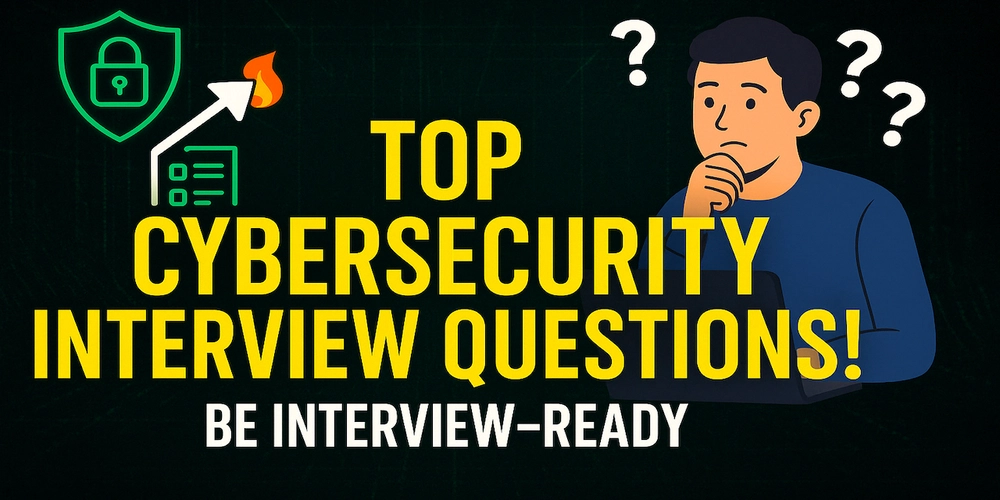
Whether you're a recent grad or transitioning into cybersecurity from some other IT role, interviews are intimidating. Worry not, though — practicing common interview questions can set you ahead of the pack.
Here in this blog, we're going to touch on some of the most frequent cybersecurity interview questions. We're going to make each one simple and let you know what the interviewer is really looking for.
Prefer watching instead of reading? Here’s a quick video guide
What does the CIA Triad stand for?
The CIA Triad is Confidentiality, Integrity, and Availability.
• Confidentiality is when only authorized people have access to the data.
• Integrity is when the data is not changed or altered.
• Availability is when the systems and data are accessible when needed.
Why it's asked: It shows whether you understand the basic concepts of cybersecurity.
Example Answer:
"CIA Triad is the foundation of cybersecurity. Confidentiality grants only authorized access, integrity protects against unauthorized changes, and availability offers systems up and accessible to users."
In what way is a vulnerability, threat, and risk distinct from each other?
- A vulnerability is a flaw in a system (e.g., outdated software).
- A threat is what is capable of exploiting the vulnerability (e.g., hacker or malware).
- A threat is the likelihood of loss or harm if the vulnerability is exploited by the threat.
Example: An unpatched server (vulnerability) can be used by a hacker (threat) to cause loss of data (risk).
Why it's asked: So that you can analyze and keep cybersecurity risks up to date.
What is the difference between Symmetric and Asymmetric encryption?
- Symmetric encryption uses a single key both for encrypt and decrypt.
- Asymmetric encryption uses two different keys: the public key for encrypt and private key for decrypt.
Why it's asked: Encryption is used to protect the data.
Example Answer:
"Both the receiver and sender hold the same secret key in symmetric encryption. Both the sender encodes using the recipient's public key and recipient decodes with their private key in asymmetric encryption."
What is a firewall and how does it work?
A firewall is like a bodyguard for your network. It blocks unwanted and allows wanted traffic. It filters out bad traffic and lets the good traffic through.
Types of firewalls:
- Packet filtering
- Stateful inspection
- Proxy firewall
- Next-Generation Firewall (NGFW)
Why it's asked: Firewalls are part of the first line of defense.
How does IDS differ from IPS?
- IDS (Intrusion Detection System) identifies undesirable behavior and provides notifications.
- IPS (Intrusion Prevention System) detects and also blocks the activity.
Why it’s asked: To test your knowledge of network defense tools.
Social engineering is when attackers trick people into giving away sensitive information.
Example: A phishing email pretending to be from your bank asking for your login details.
Why it's asked: Most attacks exploit human error, rather than technical weaknesses.
What are some common forms of cyberattacks?
Phishing – Fake emails that make you click bad links.
- DDoS (Distributed Denial of Service) – Overwhelming a site to have it shut down.
- Ransomware – Encrypts your data and demands payment.
- SQL Injection – Hacking a database by injecting bad SQL commands.
- Man-in-the-Middle (MITM) – Intercepting between communication of two.
Why it's asked: You need to know what you are defending against.
What is patch management and why do we do it?
Patch management is maintaining software up-to-date with security patches.
Why it's important: Hackers find it convenient to attack well-known bugs. Patching closes those doors.
Why it's asked: It's a way to gauge your system maintenance and risk management aptitude.
What is two-factor authentication (2FA)?
2FA is when you need two things to log in:
- Something you know (password)
- Something you have (phone, token)
Why it's asked: It's simple but effective security protection. All cybersecurity professionals should know about it.
How do you stay up to date with cybersecurity trends?
Name sources such as:
- Blogs (KrebsOnSecurity, Schneier on Security)
- YouTube channels (The Cyber Mentor, NetworkChuck)
- Reddit forums
- Twitter/X handles
- Newsletters/podcasts
- Courses and certifications
Why it's asked: The field of cybersecurity changes fast. Employers want people who are learning constantly.
Which is your favorite cybersecurity tool?
Depending on your role, you can cite:
- Forensics: Autopsy, Volatility
- Network monitoring: Wireshark, Zeek
- Vulnerability scanning: Nessus, OpenVAS
- Penetration testing : Burp Suite, Metasploit
- SIEM: Splunk, ELK Stack
- Endpoint protection: CrowdStrike, SentinelOne
Tip: If you're new to this, describe what you've been working with and learning currently.
What is a VPN and how does it work?
A VPN (Virtual Private Network) encrypts your internet connection and conceals your IP address. It's like building a private tunnel between your device and the internet.
Why it's asked: VPNs protect data, especially when remote working or working on public Wi-Fi.
What is the Principle of Least Privilege?
Provide people only what they need — nothing extra.
Example: A receptionist cannot be provided with payroll data.
Why it's asked: This is a basic principle in preventing insider threats.
What would you do in response to a security breach?
Generic steps are:
- Identification – Recognize the issue.
- Containment – Contain damage.
- Eradication – Remove the threat.
- Recovery – Return to normal business.
- Lessons learned – Review and better.
Why it's asked: Incident response is a core skill for cybersecurity roles.
What certifications do you have or are in the process of obtaining?
Most popular entry and mid-level certifications:
- CompTIA Security+
- CompTIA PenTest+
- CEH (Certified Ethical Hacker)
- OSCP (Offensive Security Certified Professional)
- CISSP (for senior professionals)
Tip: If you don't have any yet, simply say what you're studying and why.
Final Tips
- Be honest. If you don't know something, let them know you're learning it. That shows integrity.
- Use real-world examples. Analogies from everyday life make technical concepts more understandable.
- Show interest. Employers like students to be know-it-alls.
Conclusion
Cybersecurity interviews don't have to be scary. Keep an eye on getting the fundamentals down deep and being able to explain them simply. If you're transitioning from another IT position, highlight skills that can be transferred such as troubleshooting, detail orientation, or system administration.
Having these common cybersecurity interview questions ready can help you feel more confident and ready to land your next job. Good luck!







































































































































































![[The AI Show Episode 144]: ChatGPT’s New Memory, Shopify CEO’s Leaked “AI First” Memo, Google Cloud Next Releases, o3 and o4-mini Coming Soon & Llama 4’s Rocky Launch](https://www.marketingaiinstitute.com/hubfs/ep%20144%20cover.png)




















































































































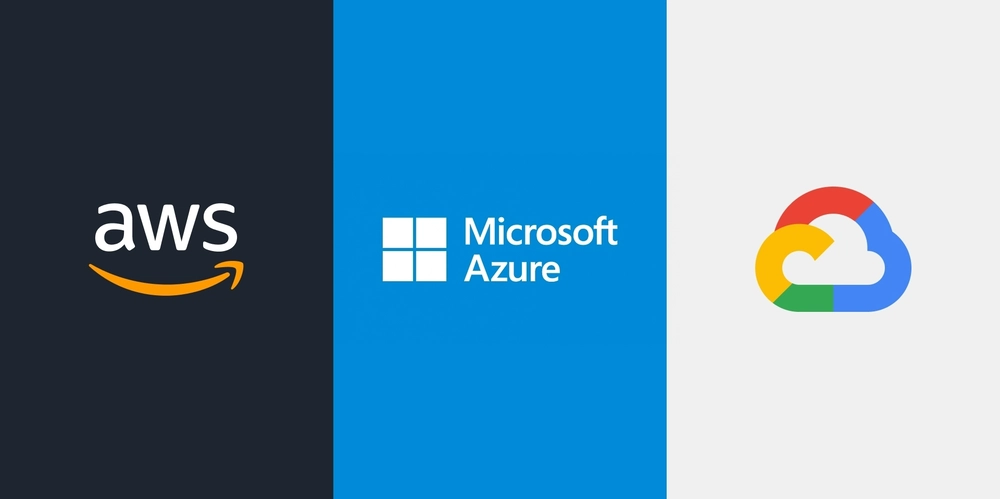

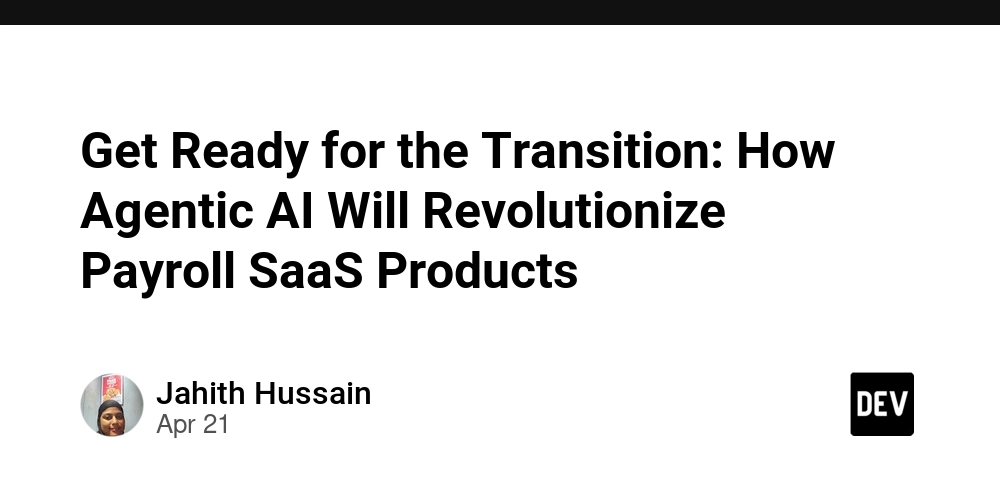










![[DEALS] The All-in-One Microsoft Office Pro 2019 for Windows: Lifetime License + Windows 11 Pro Bundle (89% off) & Other Deals Up To 98% Off](https://www.javacodegeeks.com/wp-content/uploads/2012/12/jcg-logo.jpg)















































































































































_Andreas_Prott_Alamy.jpg?width=1280&auto=webp&quality=80&disable=upscale#)





































































































![What features do you get with Gemini Advanced? [April 2025]](https://i0.wp.com/9to5google.com/wp-content/uploads/sites/4/2024/02/gemini-advanced-cover.jpg?resize=1200%2C628&quality=82&strip=all&ssl=1)











![Apple Shares Official Trailer for 'Long Way Home' Starring Ewan McGregor and Charley Boorman [Video]](https://www.iclarified.com/images/news/97069/97069/97069-640.jpg)
![Apple Watch Series 10 Back On Sale for $299! [Lowest Price Ever]](https://www.iclarified.com/images/news/96657/96657/96657-640.jpg)
![EU Postpones Apple App Store Fines Amid Tariff Negotiations [Report]](https://www.iclarified.com/images/news/97068/97068/97068-640.jpg)



























![Mobile Legends: Bang Bang [MLBB] Free Redeem Codes April 2025](https://www.talkandroid.com/wp-content/uploads/2024/07/Screenshot_20240704-093036_Mobile-Legends-Bang-Bang.jpg)









































